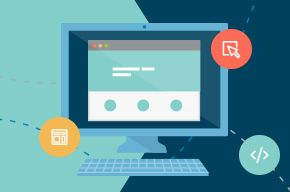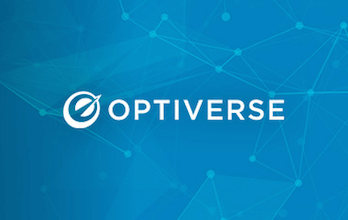
Download our FREE Testing Toolkit for A/B testing ideas, planning worksheets, presentation templates, and more!
Get It NowUsability Testing
What Is Usability Testing?
Usability testing is a method of evaluating a website or app’s readiness for release by testing it with real users who are part of the target audience. Usability tests measure the relative ease with which users can accomplish a set of tasks that a typical user of the app or website would need to accomplish.
Why Is Usability Testing Important?
The goal in usability testing is to understand how real users interact with your website and to make changes based on the results.
It is important to be sure that your app or website is easy to navigate and that tasks can be completed with ease, otherwise people will leave and go to a competitor’s site.
The primary purpose of a usability test is to gather the data needed to help improve a website or app’s design.
Even the best web design and development teams can benefit from usability testing as the tests indicate trouble spots for users and the areas where they are getting stuck or confused.
Components Of A Usability Test
In a usability test, there are two groups: users and observers. Ideally, the two groups do not know one another, so the observers can gather more objective data.
If you are setting up a usability test, you construct a scenario for users to accomplish a set of tasks – ones that a new visitor to your website would need to accomplish – like signing up or inviting a friend or making a purchase.
The users try to accomplish this set of tasks under controlled conditions.
While the users try to accomplish those tasks, the observers watch and/or measure their overall success in accomplishing those goals. They can either take notes while observing or record the session with audio or video for convenient recall.
The observers take note of where the users succeed and where they have trouble, so they can revisit their designs at a later date and make improvements.
Methods of Usability Testing
The following are common methods of usability testing:
Card Sorting
Often used for testing a taxonomy or navigation structure, users organize sets of items into groups and give names or labels to them. This type of testing is informative for determining what to call various screens, pages or functions and how to group them.
In-person Testing
This type of test is run by one or more observers in a fixed environment such as a conference room, either with small groups or individuals. Users are asked to accomplish a set of tasks and the observer can interact with them at any point to ask questions or to probe further.
Remote Testing
In remote testing, users conduct a series of tasks in their own environment – and their attempts to accomplish tasks are often recorded via a browser webcam. This type of testing can be done either with a moderator (using webinar or conference call technology) or as a self-guided test.
A/B Testing
A/B testing is a type of test that doesn’t involve simulated experiences or observation; it puts two live variations of a website or app to the test and sends half of the traffic to one and half to the other, tallying the data for which variation had a higher conversion rate.
Ready to learn more?

Get your copy of the testing toolkit.
Use the testing toolkit to start or scale your testing program.

Want to stay ahead of the competition?
Help your organization master one of the four key initiatives covered in this webinar series.

Join the community.
Meet Optiverse — a place to explore, learn, and connect around experience optimization.